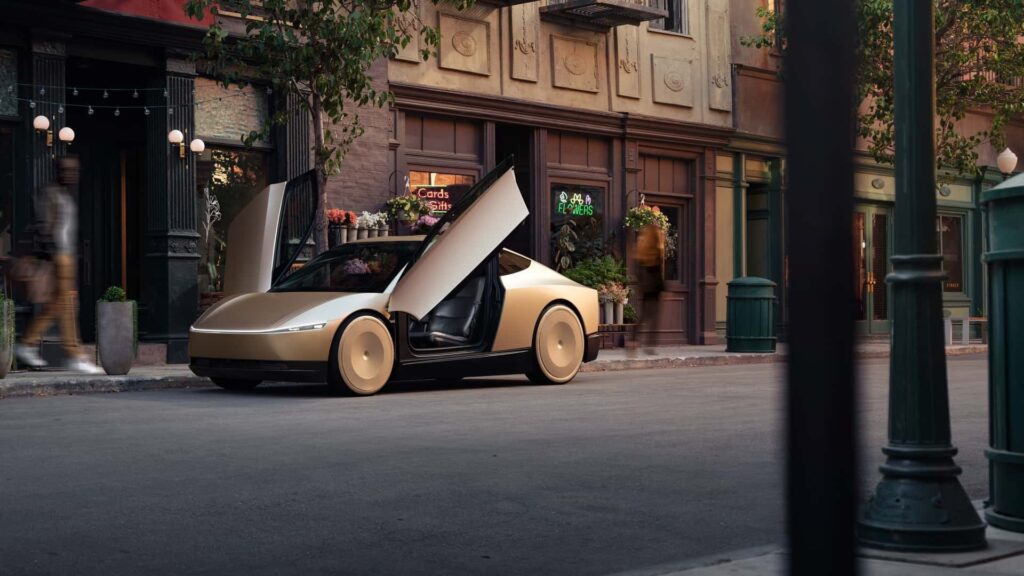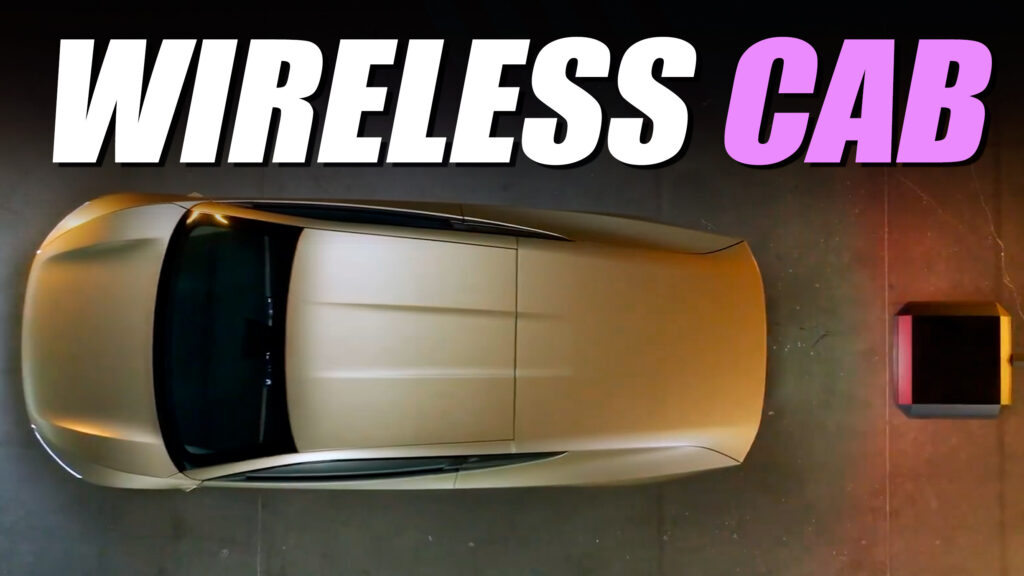- Inductive charging is notoriously inefficient as lots of energy is wasted due to heat.
- Tesla purchased a German company specializing in wireless charging technologies last year.
- The Cybercab will be built without a physical charging port.
There were plenty of talking points after the Tesla Cybercab’s glitzy unveiling a couple of weeks ago and one of the more interesting topics relates to how the carmaker plans to charge the all-electric robotaxi.
Take a look at the photos published by Tesla of the self-driving two-seater and you’ll notice it does not have a charge port. That’s not an accident. The Cybercab will be produced at scale without a charging port, meaning it cannot use the carmaker’s expansive network of Superchargers. Instead, the Cybercab can only be charged wirelessly.
Read: Musk’s Cybercab Dreams Could Hit 2,500-Unit Limit Under US Rules
During the car’s presentation, Tesla teased it using inductive charging and recently shared a clip on X that shows it charging at 25 kW. That’s impressive for inductive charging and is much quicker than the standard 11.5 kWh provided by Tesla’s Wall Connector. Of course, it is much slower than most public chargers, including Tesla’s V4 Superchargers, which can charge at up to 350 kW.
Responding to this clip, technology reviewer Marques Brownlee indicated there’s no way Tesla can make an inductive charging system that isn’t inefficient, noting that “wireless charging has a massive heat waste,” and suggesting that a “really noble goal for something like this would be maybe 75% efficiency.” Tesla responded to this claim, stating it’s achieved efficiency that “is well above 90%”, while Elon Musk claimed that “there is no meaningful efficiency difference between inductive and conductive charging if the system is designed right.”
Hold up, it doesn't even touch the car? Genuinely asking, is there a way this *couldn't* be inefficient? https://t.co/PrfDNZDg0v
— Christian Selig (@ChristianSelig) October 18, 2024
Efficiency is well above 90%
— Tesla (@Tesla) October 19, 2024
If true, that would be quite an impressive feat. Last year, Tesla quietly purchased a German company specializing in wireless charging technologies for a reported $76 million. That company, Wiferion, had claimed to have developed a wireless charging solution that achieves 93% efficiency.
Although the Cybercab may achieve a breakthrough in wireless charging, not adding a plug seems shortsighted. Tesla wants to establish a huge fleet of robotaxis but none of them can use existing Superchargers, nor any other public charging network. This means Tesla will need to either update its Superchargers to include wireless charging pads specifically for the Cybercab, or the onus will be placed on owners to charge their robotaxis at home with a charging pad.
There is no meaningful efficiency difference between inductive and conductive charging if the system is designed right.
There is always an inductor somewhere in the charge circuit!— Elon Musk (@elonmusk) October 19, 2024




